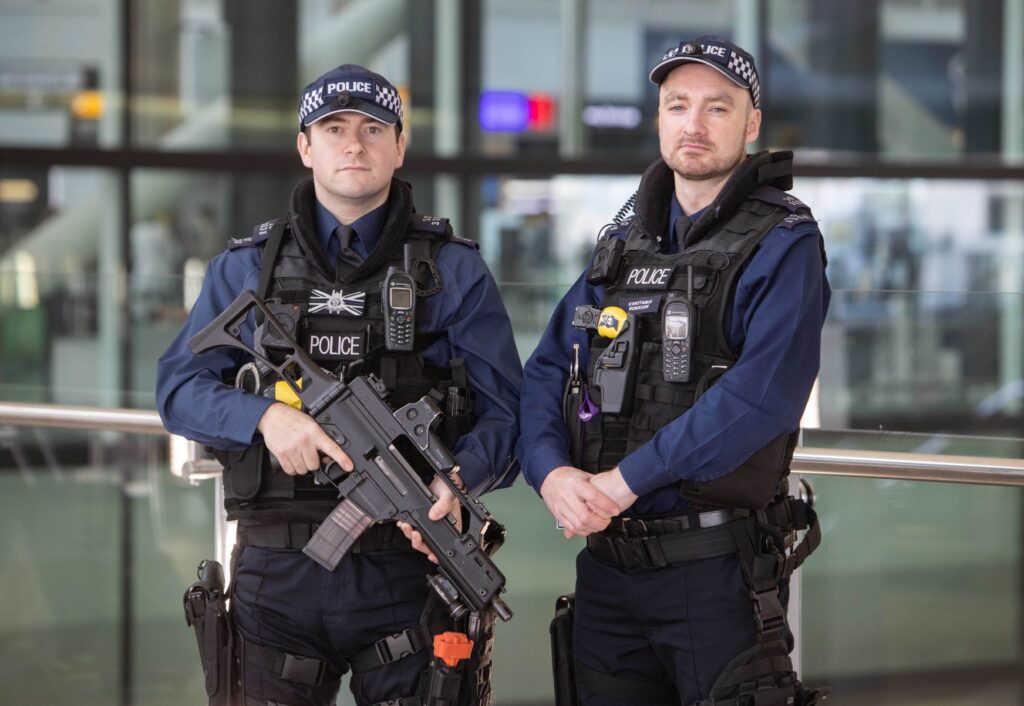Will Global Health Passports be Introduced any Time Soon?
Joe Hazeldon
August 18, 2021

|
It is one thing to develop a global standard for health passports and quite another to implement it, especially in the timescales required during the current pandemic. Much depends on governments—and that is where some of the hurdles lie. |
It isn’t news to anybody that our industry is still on its knees and continues to suffer. Figures from IATA show that 2020 was the worst year on record and international air passenger travel will be the last business to recover from the current pandemic (those parts that survive it).
Many governments worldwide have shut down their borders with a view to stopping the spread of COVID19 and, as with most Government actions, they have opted for the least risk and are stubbornly maintaining this approach, as the latest example in New Zealand shows. This is regardless of the commercial cost to the aviation sector and international business in general.
So, what have Governments done to address this problem and to create and standardize some form of health passport to assist safe travel?
Sadly (but not surprisingly) next to nothing. Very recently, the Federal Government of Australia announced that it will soon roll out a new vaccination certificate using QR codes. This system is based on the Visible Digital Seal technology supported by the International Civil Aviation Organization. However, the main push for some form of digital health passport has come from industry itself, trying desperately to encourage the global regulators to take positive action.
Implementing Global Standards: a Tricky Task
If that sounds familiar, it should do. We don’t have to look far to see how global standards for aviation have failed to be global—or standard. Think aviation security here. Annex 17 to the Chicago Convention is the repository for aviation security standards and recommended practices (SARPs), stating broad but clear policy on what actions contracting states must and should take to secure the civil aviation ecosystem. The goal, in simple terms, being to keep bad people from trying to kill good people by putting guns, and bombs in particular, onto aircraft.
Now think back to the number of times you have been on different airlines to different airports in different countries. Yes the security processes look similar, but for a host of reasons they vary: in some airports it’s shoes off, in others it’s liquids in bags, and for many it’s the walk-through metal detector, first installed in 1970 to counter the threat of guns being carried by passengers into the airside area.

Airports security (of all types) is often a matter of preference depending on the location. Shown here are armed officers at London Heathrow.
Aviation security regulators, airports, and airlines all have their own interpretations on the requirements, as well as their own local operating environments. So what chance is there that a standard health passport will be introduced by governments anytime soon?
It seems pretty remote, and here’s why. Lets look at the really sensible SARPs that are intended to make the lives of the travelling public, the authorities, airports and airlines much easier without any security compromise. For those unfamiliar, Annex 17, Standard 4.4.3. basically sanctions the use of ‘transfer screening exemptions’ which essentially means that, if they wanted to, contracting states can implement a secure system to allow international passengers that are transferring at an airport to be exempted from re-screening providing there is an oversight mechanism.
For example, if passengers commencing their journey at Airport A have been screened to the required standards, they can transfer at Airport B without going through the same security processes and arrive safe and sound at Airport C.
A Lack of Joined-up Thinking
Sounds good, but how many governments have properly embraced this amazing passenger facilitation opportunity? Not nearly enough is the answer.
If you need more proof, ask yourselves why, back in 2011, the European Union implemented its own enhanced Air Cargo Aviation Security system and then exported the standards to countries outside the EU? The ACC3 program was introduced to elevate the cargo security standards for shipments being flown into the EU and they needed to do this because the body responsible for this (ICAO) had watched the global air cargo security standards slide and sat on its hands.
Depressing isn’t it? However, the aviation industry is nothing if not resourceful, usually operating on the thinnest of margins and always having risk management as a core competence which is exercised routinely.
There is a glimmer of hope though…
We can see how technology is having a positive impact on the world around us. Fintech is revolutionizing the financial marketplace. The very traditional—and very risk averse—banking industry is embracing technology, mainly when it comes to the retail customer experience at the moment. This is one example of how innovation and the disruptive technologies of the 21st century could be used to upgrade and improve legacy travel industry systems, in particular international border controls.
Blockchain, AI, big data, advanced biometrics, edge and cloud computing are all available to us now. Yes, of course not everywhere has the required infrastructure or budget so workarounds would be needed, but that is no different to the introduction of any new technologies. Digital Identities, built on ideas such as IATA’s Travel Pass initiative (see video above) must be the solution.
The current pandemic wasn’t the first and won’t be the last, so let’s hope that by the time the next one comes along the solution is already in place and our beloved aviation industry doesn’t have to suffer like it is now.
